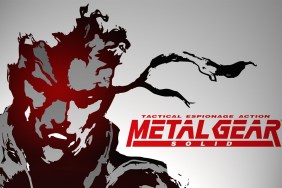Snake’s been Tired, he’s been Old, and now he’s firmly Middle Aged.
I got to play one mission, see one mission behind closed doors, and one live demo on the show floor of Metal Gear Solid V: The Phantom Pain. All three were set in 1980s Afghanistan, the setting of such Cold War classics as Rambo III and The Living Daylights, Together, Rambo and James Bond help Afghani insurgents defeat the Soviet invasion force, setting into motion the events that led to the creation of the Taliban. (Thanks, Rambo.)
Snake enters this battlefield as Punished “Venom” Snake, his missing limbs from the events at the end of Ground Zeroes replaced (and upgradeable, similar to his customizable weapons), his face lined with both age and scars. Snake grunts and groans with every leap and crawl. The purchase of Kiefer Sutherland’s voice bought Konami a middle-aged, cigar-chomping Big Boss who is slowly becoming the figure immortalized in the boss-character memories from the first Metal Gear Solid.
Each mission opens with a credit sequence, like a television show, complete with a cast of characters, producers, writers, and directors. A new element that I hadn’t seen before was that each mission featured a boombox, being listened to by the Soviet garrison of the local outpost and which Snake can steal and play back in his helicopter (with songs like The Final Countdown, Take on Me, and Kids in America). However, since the soldiers are listening to the tape, removing it means they may come looking and find Snake if you stick around too long.
One thing I love about Metal Gear Solid V that I noticed while playing—and this holds over from Ground Zeroes into Phantom Pain—is that similar to The Last of Us, you have a limited number of primary and secondary weapons, and these are visibly kept on Snake’s body as you travel. So when you decide to grab a fire-and-forget rocket-launcher to blow up an anti-aircraft device, you have to ditch one of your existing weapons.
A pure stealth playthrough of The Phantom Pain mission I encountered was difficult. As I approached my target in the the Soviet outpost, I had Snake climb the wall of one of the earthen buildings, and even though I was crouched and quiet, the guards below noticed me and walked over to take a closer look from below. That I made it through the rest of the encounter without being seen was more luck than skill as I flew by the seat of my pants in reaching my objective. There was a real intensity in that, in not knowing what was around the next corner, or what the guards would do even though I had them marked. That was exhilarating in a way that is simply missing from most stealth-action games.
In the demonstration from the show floor, you got a real chance to see the Peacewalker-plus gameplay of The Phantom Pain, where the enhanced collecting and management gameplay of Mother Base (where Snake can send resources and soldiers captured using the Fulton Recovery system) allow for greater customization of weapons and deployment of vehicles, support characters, and supplies. These may be necessary, as enemies will change equipment and tactics depending on how loudly and destructively you played through in prior missions in the area.
In the mission shown behind closed doors, this played out with Snake encountering a Russian translator, who, once Fultoned up to Mother Base, gave Snake the ability to understand Russian conversations later in the game. In the show floor mission, it meant giving Snake resources when the mission turned from stealth to a botched assault, and Snake called for the deployment of the D-Walker, the mini-gun equipped two-legged Metal Gear-like vehicle (presumably created by Otacon’s dad, if trailers are any indication) which made short work of the ten or so soldiers in the outpost but fared poorly against a tank called in as backup by the beleaguered Soviet force.
Thankfully, the operator playing the game had used the aforementioned rocket launcher to take out the anti-aircraft emplacement, which meant that Snake was able to call in a helicopter. There was a short tense period where Snake had to survive until his ride arrived, strafing around the tank for which his mini-gun fire might as well have been him pelting it with raisins for all the good it did. When it arrived—a more robust chopper than the one in Ground Zeroes—it swiss-cheesed the tank with an airstrike before a triumphant Snake got onboard and manned its mini-gun to fire on the remaining soldiers below as he was whisked to safety.
Finally having gotten to play The Phantom Pain, I can say that it seems to be a more challenging game than its predecessor (I didn’t play with the chicken hat on, so I can’t speak to that difficulty) with a very large scope. As I rode the D-Horse towards my objective (after being berated by my radio contact for trying to walk there), I was struck by the scale; it wasn’t The Witcher 3, but objectives were far enough in some cases that even through binoculars they appeared indistinct and blurry through the hazy distance. When spotted, the entirety of an outpost of soldiers descends on your most recent location, and the soldiers speak in different languages from Snake’s native tongue, requiring certain resources to understand.
Metal Gear Solid V: The Phantom Pain pays forward the promise of the changes in gameplay developed in Ground Zeroes with its massive scope and ability to pick your path though the battlefield towards your objectives. While the Metal Gear Solid games have always done this to a certain degree, it feels like the jump in agency afforded the player in how they choose to play is greater than ever, and is perhaps the biggest jump in gameplay since Metal Gear Solid jumped to Metal Gear Solid 2. If this holds true for the completed game, it may be the perfect legacy for Metal Gear creator Hideo Kojima to leave the series with.
Metal Gear Solid V: The Phantom Pain releases on Xbox One, PS4, PS3, Xbox 360 on September 1, 2015, and on PC on September 15, 2015.
metal-gear-solid-v-the-phantom-pain
-
metal-gear-solid-v-the-phantom-pain #1

-
metal-gear-solid-v-the-phantom-pain #2

-
metal-gear-solid-v-the-phantom-pain #3

-
metal-gear-solid-v-the-phantom-pain #4

-
metal-gear-solid-v-the-phantom-pain #5

-
metal-gear-solid-v-the-phantom-pain #6

-
metal-gear-solid-v-the-phantom-pain #7

-
metal-gear-solid-v-the-phantom-pain #8
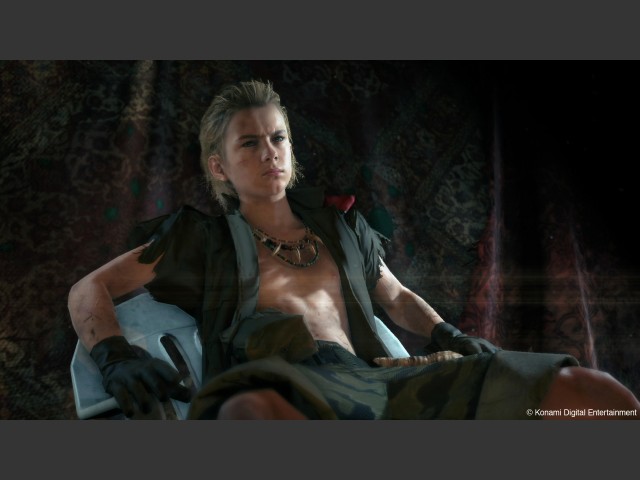
-
metal-gear-solid-v-the-phantom-pain #9

-
metal-gear-solid-v-the-phantom-pain #10

-
metal-gear-solid-v-the-phantom-pain #11
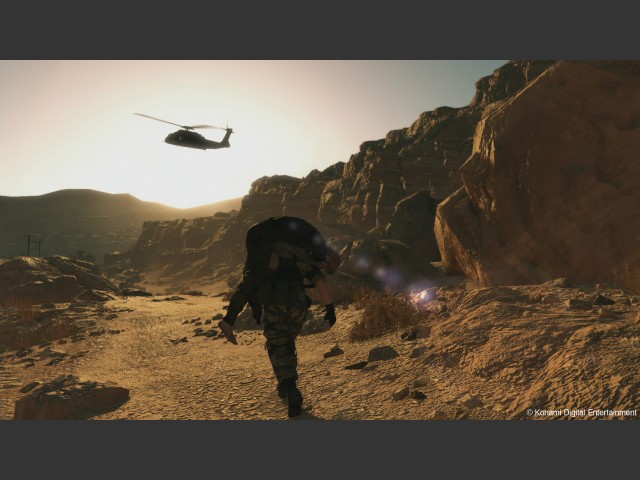
-
metal-gear-solid-v-the-phantom-pain #12

-
metal-gear-solid-v-the-phantom-pain #13
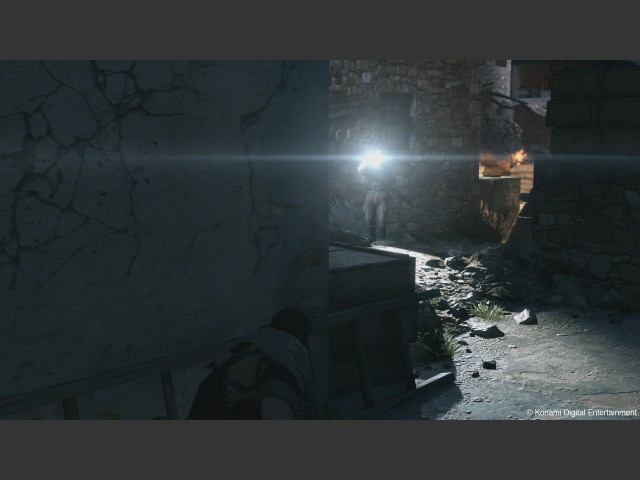
-
metal-gear-solid-v-the-phantom-pain #14

-
metal-gear-solid-v-the-phantom-pain #15

-
metal-gear-solid-v-the-phantom-pain #16

-
metal-gear-solid-v-the-phantom-pain #17

-
metal-gear-solid-v-the-phantom-pain #18

-
metal-gear-solid-v-the-phantom-pain #19

-
metal-gear-solid-v-the-phantom-pain #20
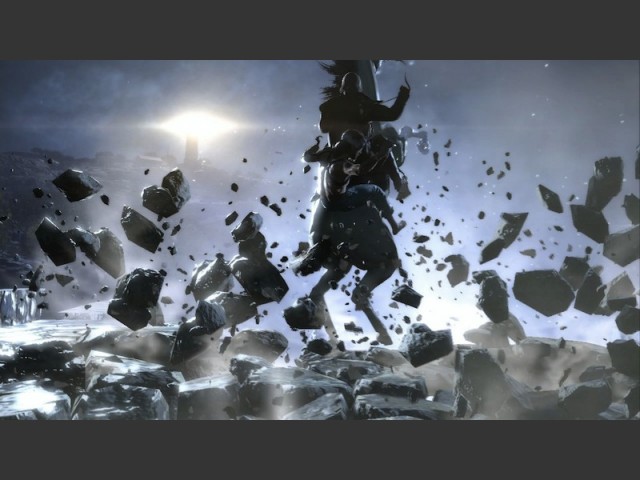
-
metal-gear-solid-v-the-phantom-pain #21
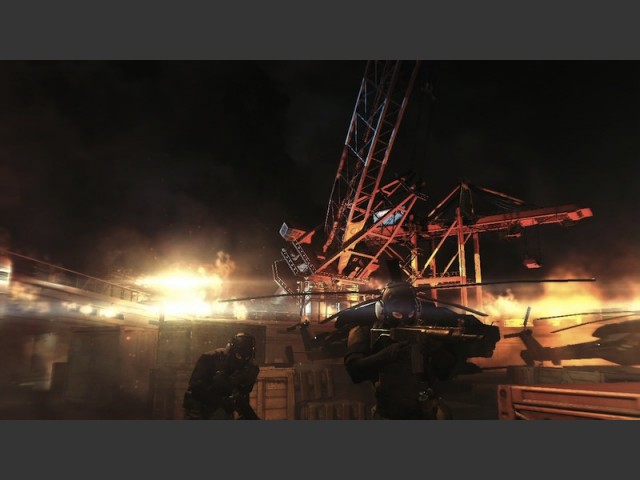
-
metal-gear-solid-v-the-phantom-pain #22

-
metal-gear-solid-v-the-phantom-pain #23
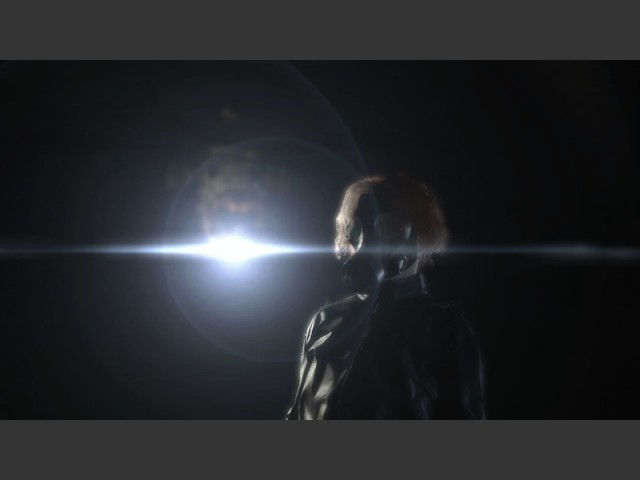
-
metal-gear-solid-v-the-phantom-pain #24

-
metal-gear-solid-v-the-phantom-pain #25
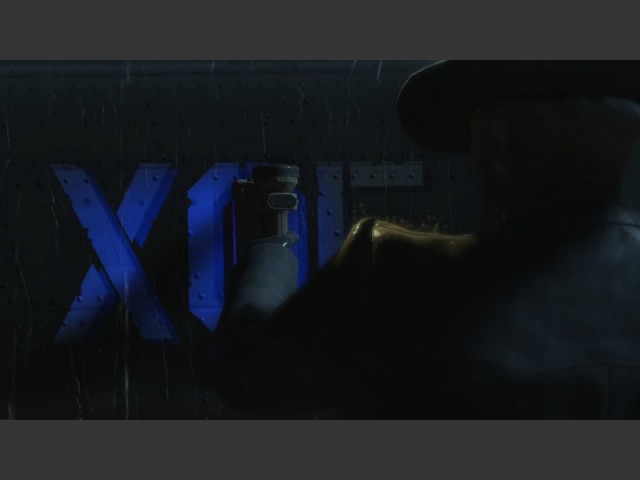
-
metal-gear-solid-v-the-phantom-pain #26

-
metal-gear-solid-v-the-phantom-pain #27

-
metal-gear-solid-v-the-phantom-pain #28

-
metal-gear-solid-v-the-phantom-pain #29

-
metal-gear-solid-v-the-phantom-pain #30

-
metal-gear-solid-v-the-phantom-pain #31

-
metal-gear-solid-v-the-phantom-pain #32

-
metal-gear-solid-v-the-phantom-pain #33

-
metal-gear-solid-v-the-phantom-pain #34

-
metal-gear-solid-v-the-phantom-pain #35

-
metal-gear-solid-v-the-phantom-pain #36

-
metal-gear-solid-v-the-phantom-pain #37

-
metal-gear-solid-v-the-phantom-pain #38

-
metal-gear-solid-v-the-phantom-pain #39
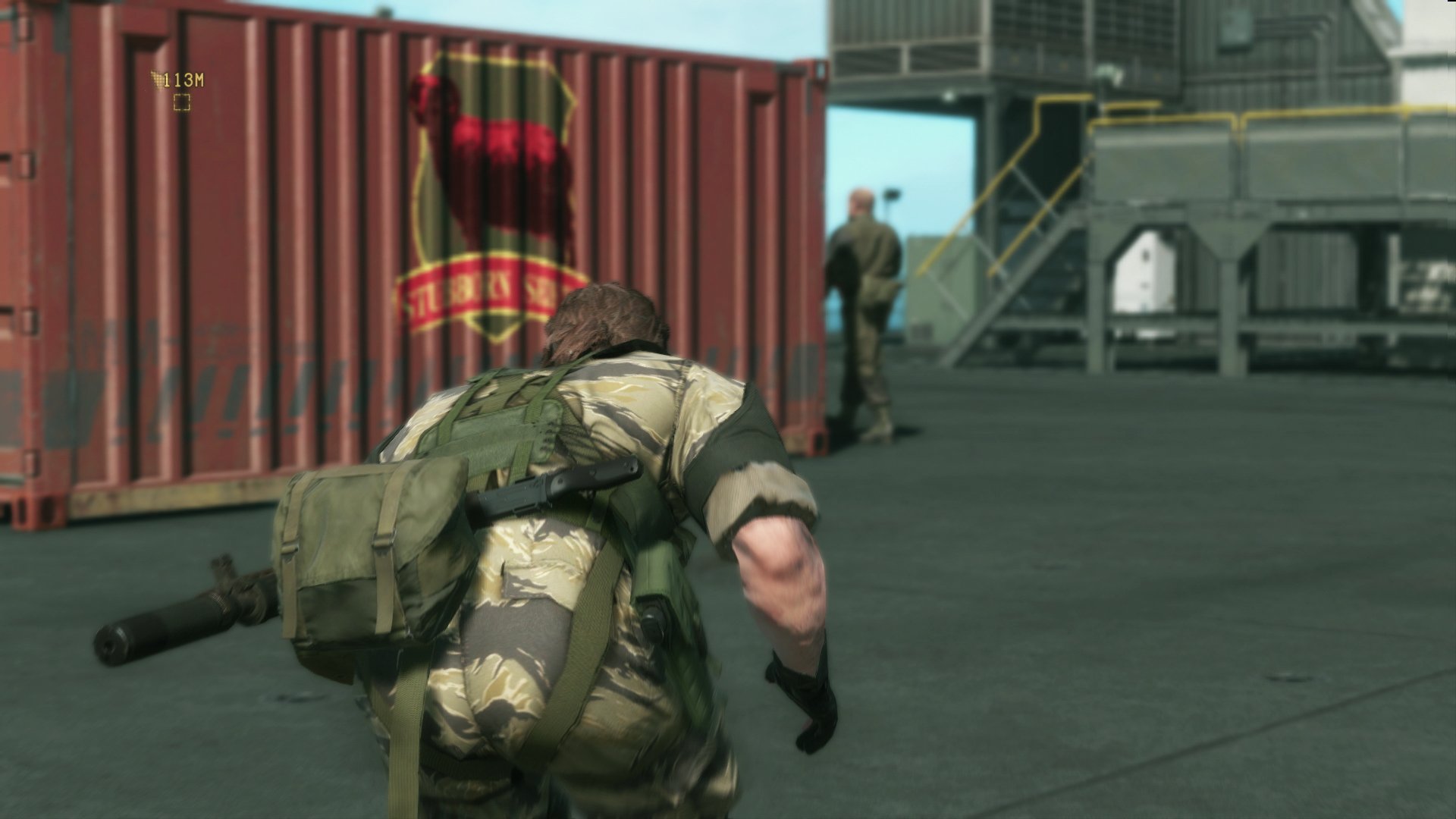
-
metal-gear-solid-v-the-phantom-pain #40

-
metal-gear-solid-v-the-phantom-pain #41

-
metal-gear-solid-v-the-phantom-pain #42

-
metal-gear-solid-v-the-phantom-pain #43
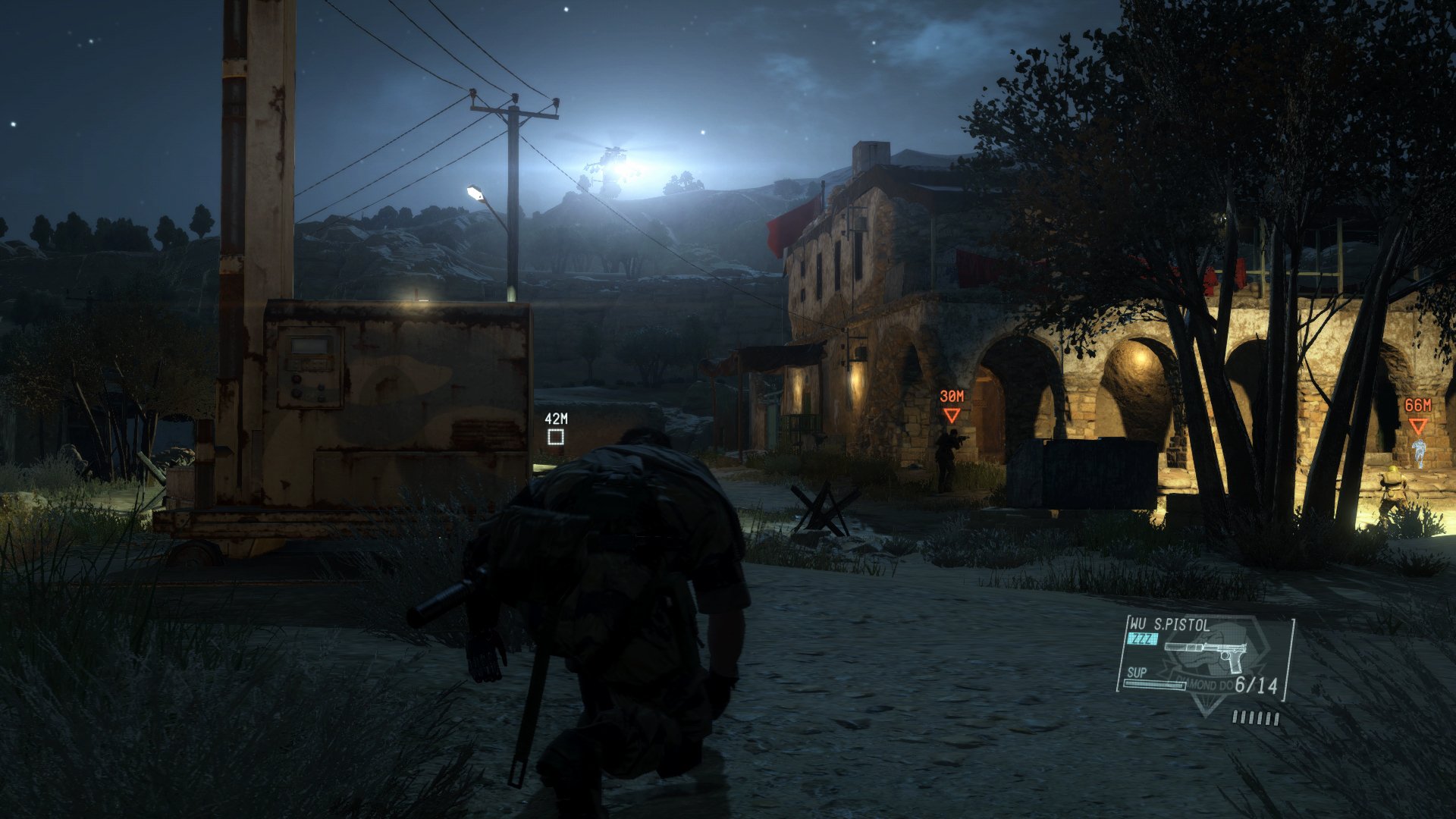
-
metal-gear-solid-v-the-phantom-pain #44

-
metal-gear-solid-v-the-phantom-pain #45

-
metal-gear-solid-v-the-phantom-pain #46

-
metal-gear-solid-v-the-phantom-pain #47

-
metal-gear-solid-v-the-phantom-pain #48

-
metal-gear-solid-v-the-phantom-pain #49

-
metal-gear-solid-v-the-phantom-pain #50

-
metal-gear-solid-v-the-phantom-pain #51
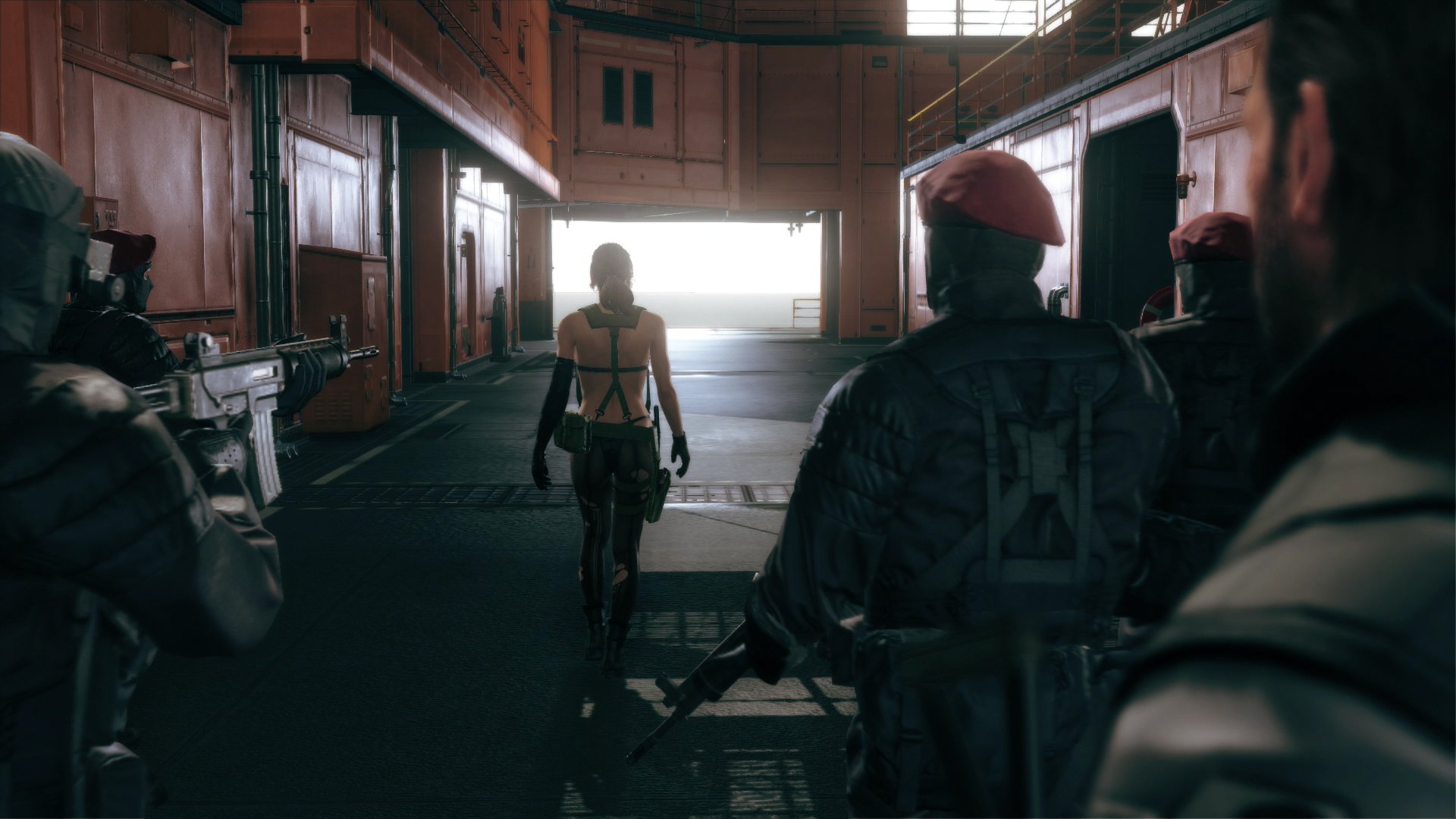
-
metal-gear-solid-v-the-phantom-pain #52

-
metal-gear-solid-v-the-phantom-pain #53

-
metal-gear-solid-v-the-phantom-pain #54

-
metal-gear-solid-v-the-phantom-pain #55

-
metal-gear-solid-v-the-phantom-pain #56

-
metal-gear-solid-v-the-phantom-pain #57

-
metal-gear-solid-v-the-phantom-pain #58

-
metal-gear-solid-v-the-phantom-pain #59

-
metal-gear-solid-v-the-phantom-pain #60

-
metal-gear-solid-v-the-phantom-pain #61

-
metal-gear-solid-v-the-phantom-pain #62

-
metal-gear-solid-v-the-phantom-pain #63

-
metal-gear-solid-v-the-phantom-pain #64

-
metal-gear-solid-v-the-phantom-pain #65

-
metal-gear-solid-v-the-phantom-pain #66

-
metal-gear-solid-v-the-phantom-pain #67

-
metal-gear-solid-v-the-phantom-pain #68

-
metal-gear-solid-v-the-phantom-pain #69

-
metal-gear-solid-v-the-phantom-pain #70

-
metal-gear-solid-v-the-phantom-pain #71

-
metal-gear-solid-v-the-phantom-pain #72

-
metal-gear-solid-v-the-phantom-pain #73

-
metal-gear-solid-v-the-phantom-pain #74

-
metal-gear-solid-v-the-phantom-pain #75

-
metal-gear-solid-v-the-phantom-pain #76

-
metal-gear-solid-v-the-phantom-pain #77

-
metal-gear-solid-v-the-phantom-pain #78

-
metal-gear-solid-v-the-phantom-pain #79

-
metal-gear-solid-v-the-phantom-pain #80

-
metal-gear-solid-v-the-phantom-pain #81

-
metal-gear-solid-v-the-phantom-pain #82
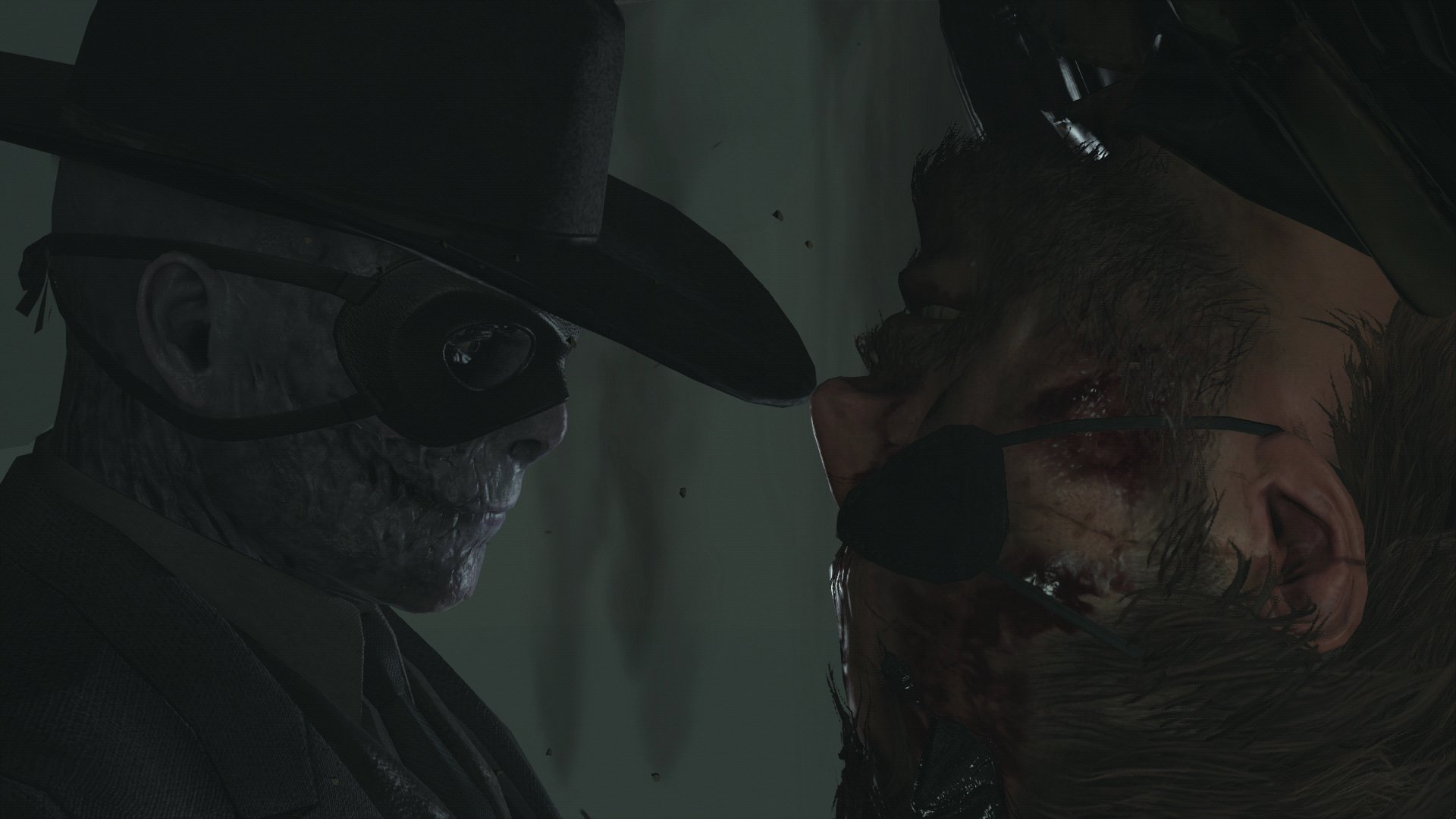
-
metal-gear-solid-v-the-phantom-pain #83
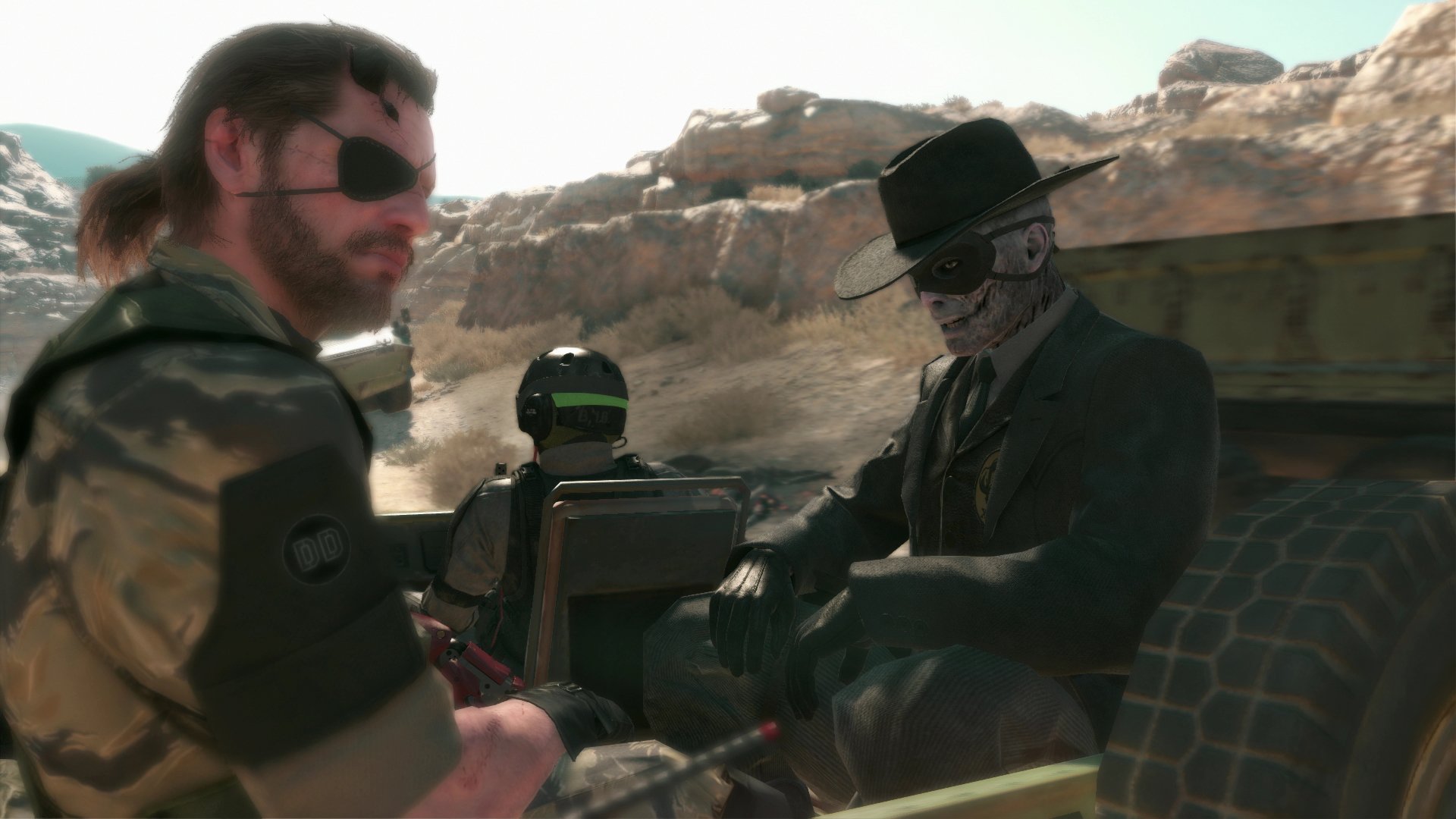
-
metal-gear-solid-v-the-phantom-pain #84

-
metal-gear-solid-v-the-phantom-pain #85

-
metal-gear-solid-v-the-phantom-pain #86

-
metal-gear-solid-v-the-phantom-pain #87

-
metal-gear-solid-v-the-phantom-pain #88

-
metal-gear-solid-v-the-phantom-pain #89
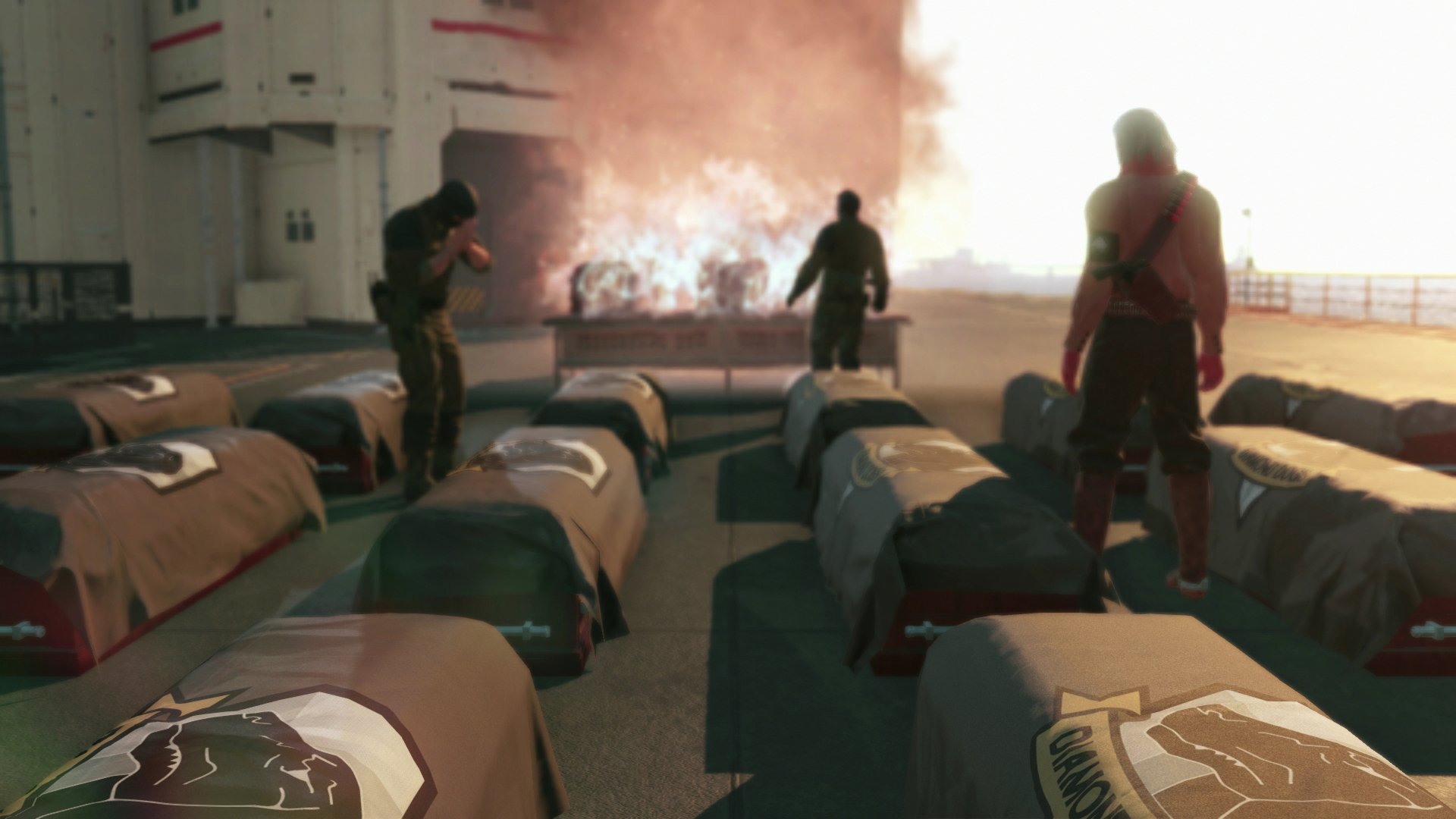
-
metal-gear-solid-v-the-phantom-pain #90
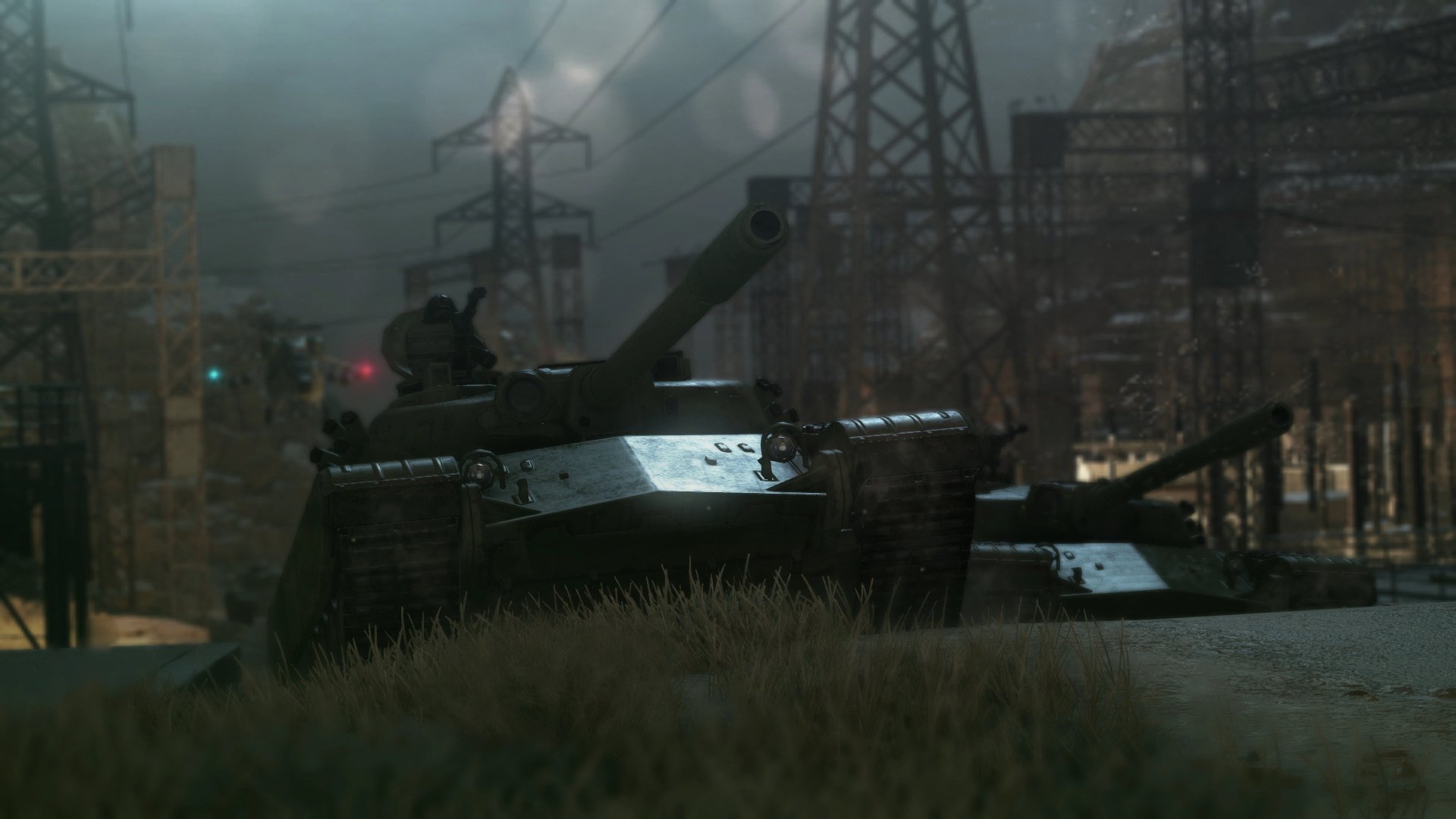
-
metal-gear-solid-v-the-phantom-pain #91

-
metal-gear-solid-v-the-phantom-pain #92

-
metal-gear-solid-v-the-phantom-pain #93

-
metal-gear-solid-v-the-phantom-pain #94
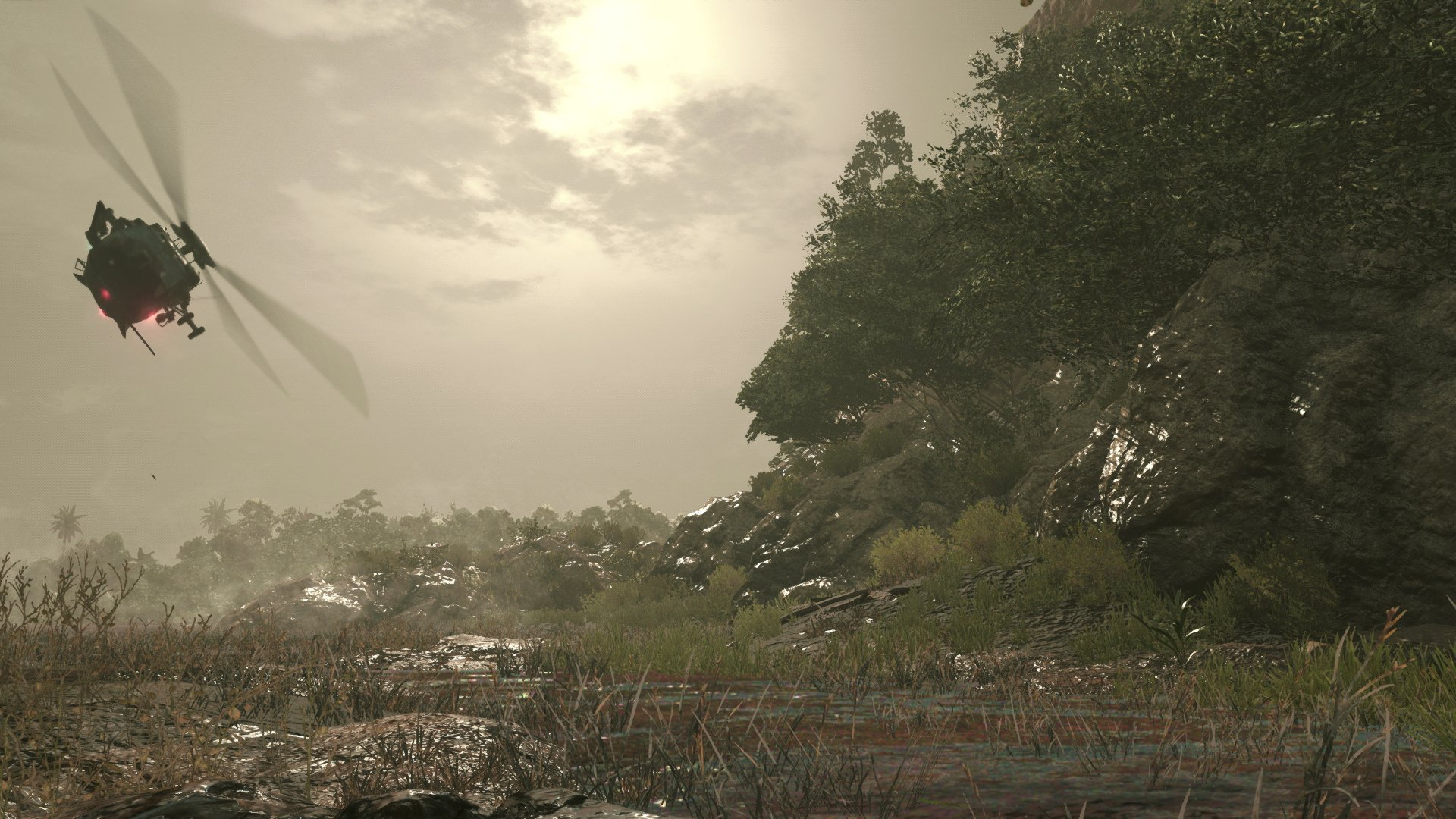
-
metal-gear-solid-v-the-phantom-pain #95

-
metal-gear-solid-v-the-phantom-pain #96

-
metal-gear-solid-v-the-phantom-pain #97

-
metal-gear-solid-v-the-phantom-pain #98

-
metal-gear-solid-v-the-phantom-pain #99

-
metal-gear-solid-v-the-phantom-pain #100

-
metal-gear-solid-v-the-phantom-pain #101

-
metal-gear-solid-v-the-phantom-pain #102

-
metal-gear-solid-v-the-phantom-pain #103

-
metal-gear-solid-v-the-phantom-pain #104

-
metal-gear-solid-v-the-phantom-pain #105

-
metal-gear-solid-v-the-phantom-pain #106

-
metal-gear-solid-v-the-phantom-pain #107
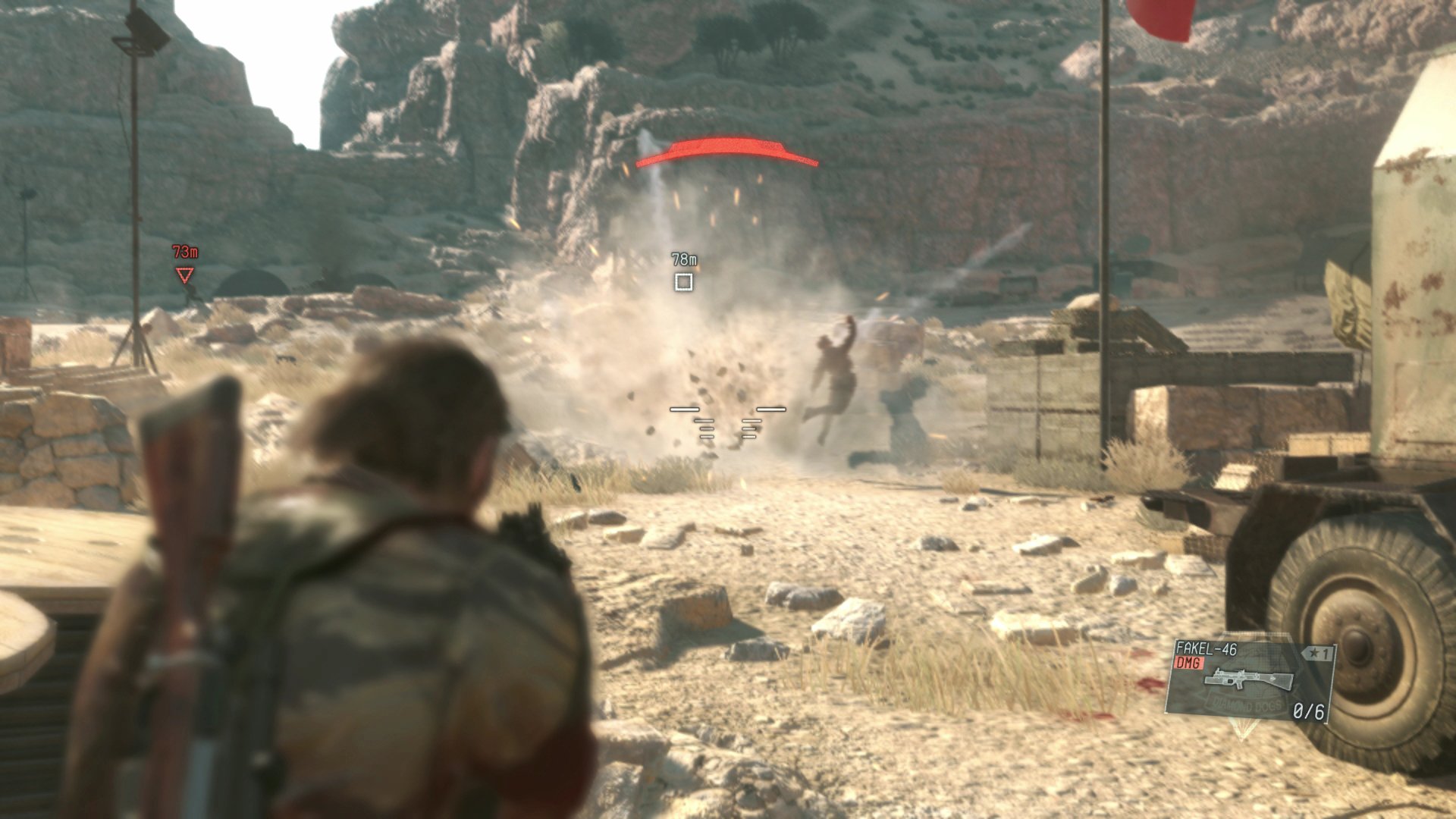
-
metal-gear-solid-v-the-phantom-pain #108












